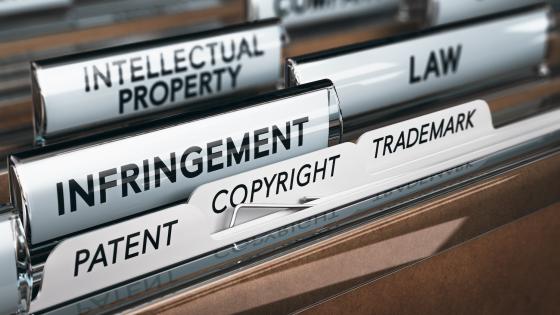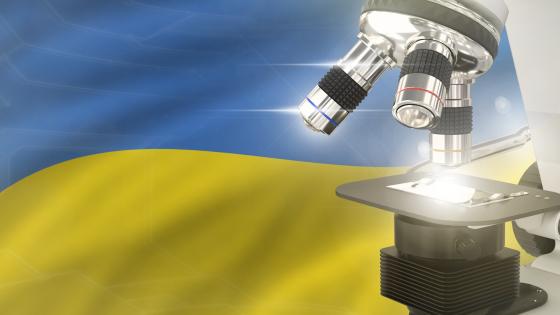DP3916 Incentives and Invention in Universities
Using data on U.S. universities, we show that universities that give higher royalty shares to faculty scientists generate greater license income, controlling for university size, academic quality, research funding and other factors. We use pre-sample data on university patenting to control for the potential endogeneity of royalty shares. We find that scientists respond both to cash royalties and to royalties used to support their research labs, suggesting both pecuniary and intrinsic (research) motivations. The incentive effects appear to be larger in private universities than in public ones, and we provide survey evidence indicating this may be related to differences in the use of performance pay, government constraints, and local development objectives of technology license offices. Royalty incentives work both by raising faculty effort and sorting scientists across universities. The effect of incentives works primarily by increasing the quality (value) rather than the quantity of inventions.


